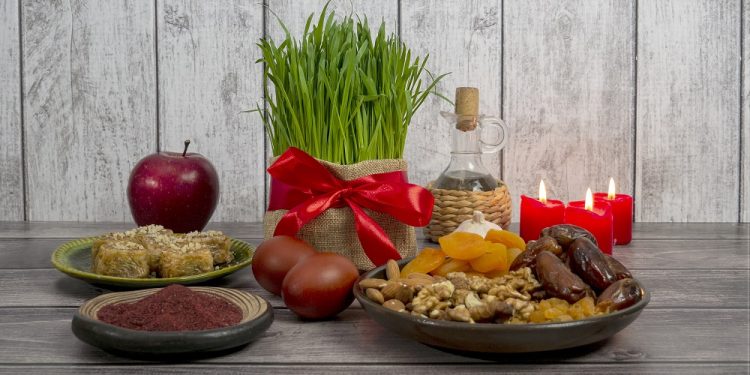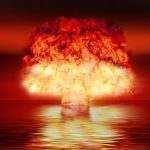
Nowruz
Nowruz is a holiday celebrated on the day of the vernal equinox, which usually falls around March 20th on the Gregorian calendar. It is known as either the Iranian New Year or the Persian New Year. It is celebrated not only in Iran and other parts of Asia but also in the Caucasus, the Balkans, and the Black Sea Basin. For most people who celebrate it, Nowruz is a secular holiday. However, for Zoroastrians, it is considered a holy day.
History of Nowruz
Nowruz, also known as Noruz, is believed to have been celebrated as far back as 555 BC, but written Persian records of this holiday only go back to the 2nd century AD. When Ardashir I founded the Sasanian Dynasty, he established consistent records that included details of how and when Nowruz was celebrated.
During this time, it was one of the most prominent holidays of its time. For many years, Iran was the only country that officially observed Nowruz. However, that changed when the Soviet Union collapsed. After that, Central Asian and Caucasian countries gained their independence and declared Nowruz a national holiday.
In 2010, the United Nations General Assembly officially recognized Nowruz as a holiday. In their report, they listed this holiday as an Iranian spring festival that has been celebrated for three thousand years.
Nowruz Customs & Celebrations
Before the New Year arrives, it is common for Persian households to clean their homes from top to bottom, usually performed the day before Nowruz. On this day, many Persians also take the time to buy new clothes for the New Year. Buying flowers, especially hyacinths and tulips, is very common on Nowruz Eve as well. In anticipation of the New Year, many people decorate their homes with symbols of prosperity.
These can include symbols of fish, birds, butterflies, and stars. The Gul-i-Surkh festival is celebrated in Afghanistan on Nowruz. A traditional table setting known as Haft Seen is often practiced in Iran on Nowruz. Family members gather around the table, right before the beginning of the New Year, and wait for the vernal equinox. When it arrives, gifts are exchanged.
Haft Seen often includes items on the table such as wheat or lentil sprouts in a dish, Samanu (sweet wheat pudding), Senjed (dried Persian olives), apples, sumac berries, garlic, and vinegar. Symbolic items that may or may not be on the table include decorated coins and eggs, a mirror, candles, a bowl of water with a goldfish in it, Divan of Hafez (a book of poetry), the Quran or Avesta, and water with rose essence in it.
In Afghanistan, instead of the Haft Seen table setting, they use the Haft Mewa table setting. This setting often has seven dishes on the table with a big silver tray, candles, and dyed eggs. It also contains a fruit salad made from seven dried fruits and nuts: raisins, dried apricot, Persian olives, hazelnuts, walnuts, pistachios, and almonds.
Additionally, the people of Afghanistan participate in the Gul-i-Surkh Festival on Nowruz. Other foods that may be served on Nowruz include Ajil, baklava, Noql, chicken farcha, fried fish, reshte polo, sabzi chalaw, nan berenji, and shekerbura.








